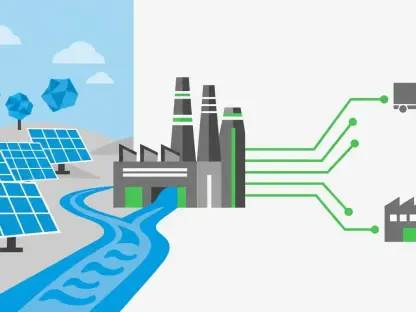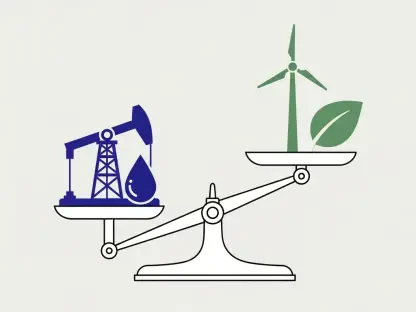Imagine a future where universities are at the forefront of fighting climate change, using innovative technology and strategic partnerships to significantly cut carbon emissions. Tufts University recently took bold steps toward this vision as part of its goal to achieve net-zero carbon emissions by 2050, marking a notable moment in the broader effort under the Consortium for Climate Solutions. This initiative includes esteemed institutions like MIT, Harvard, and Mass General Brigham, all working together to reduce their carbon footprints.
A significant milestone was achieved on November 21, when Tufts announced an immediate 40% reduction in energy-related emissions from its Boston health sciences campus. This substantial reduction aligns with the collective goal of the Consortium for Climate Solutions to advance technologies that help mitigate carbon emissions. With this progress, Tufts underscores its commitment to environmental sustainability, emphasizing the importance of institutional responsibility in combating climate change.
One of the primary strategies Tufts is using to achieve these reductions involves campus electrification and renewable energy partnerships. Key facilities, including the Jaharis Family Center in Boston, the lower campus in Somerville, and both animal hospitals in Grafton, are transitioning from traditional steam systems to air-source heat pumps. This shift is crucial in reducing the university’s dependency on fossil fuels, paving the way for a more sustainable energy future.
Additionally, Tufts benefits from a Virtual Power Purchase Agreement (VPPA) through PowerOptions, which allows the university to obtain renewable energy certificates from off-site renewable energy projects. VPPAs do not involve the physical delivery of electricity but provide financial backing for renewable energy projects while granting the university renewable energy credits, thereby decreasing their overall emissions footprint.
Experts in the field highlight the operational mechanisms of VPPAs. Tina Woolston, director of Tufts’ Office of Sustainability, explains that the university engages in long-term deals where developers build renewable energy facilities and sell electricity locally, with Tufts receiving renewable energy certificates. Lisa Richey from Apex Clean Energy emphasizes VPPAs as a financial strategy to manage energy costs and secure emission offsets, showcasing their importance in the broader sustainability agenda.
Tufts collaborates with PowerOptions, a nonprofit consortium, to navigate these intricate agreements. Liam Sullivan from PowerOptions points out their role in simplifying the VPPA process for smaller entities, aligning with the sustainability goals of the participating organizations. This collaboration exemplifies the power of collective action in driving forward environmental goals.
The consortium has chosen Apex Clean Energy to develop renewable energy projects in regions with higher fossil fuel dependence, such as Texas and Nebraska. Projects like the Big Elm Solar Plant, which is already operational, and the Bowman Wind Project, expected to start by 2026, are prime examples of these strategic decisions aimed at maximizing impact.
Overall, Tufts University’s proactive measures and strategic collaborations highlight its leadership in reducing carbon emissions through innovative energy solutions. The institution’s commitment to a sustainable future is not only a significant step toward its own net-zero goal but also serves as a model for others to follow in the fight against climate change.









